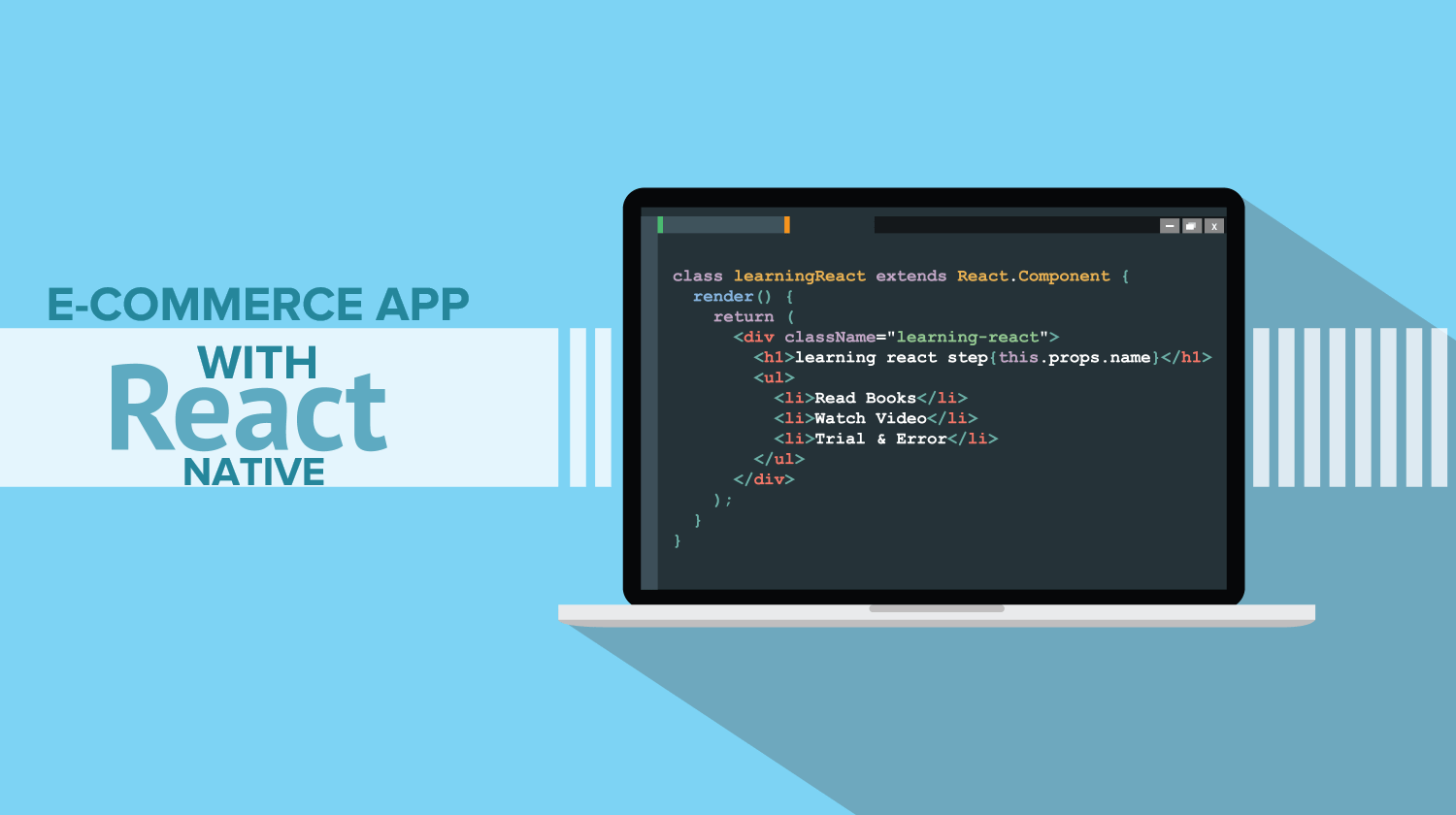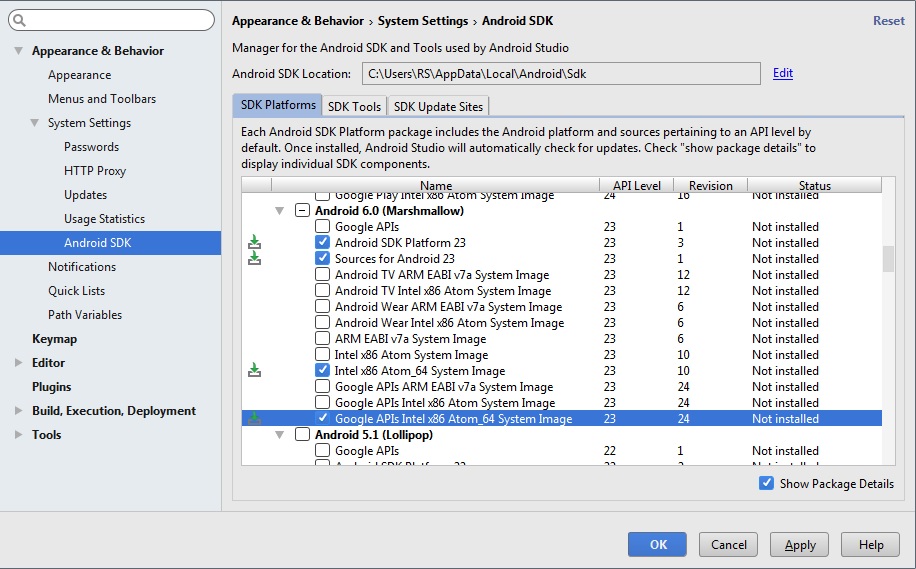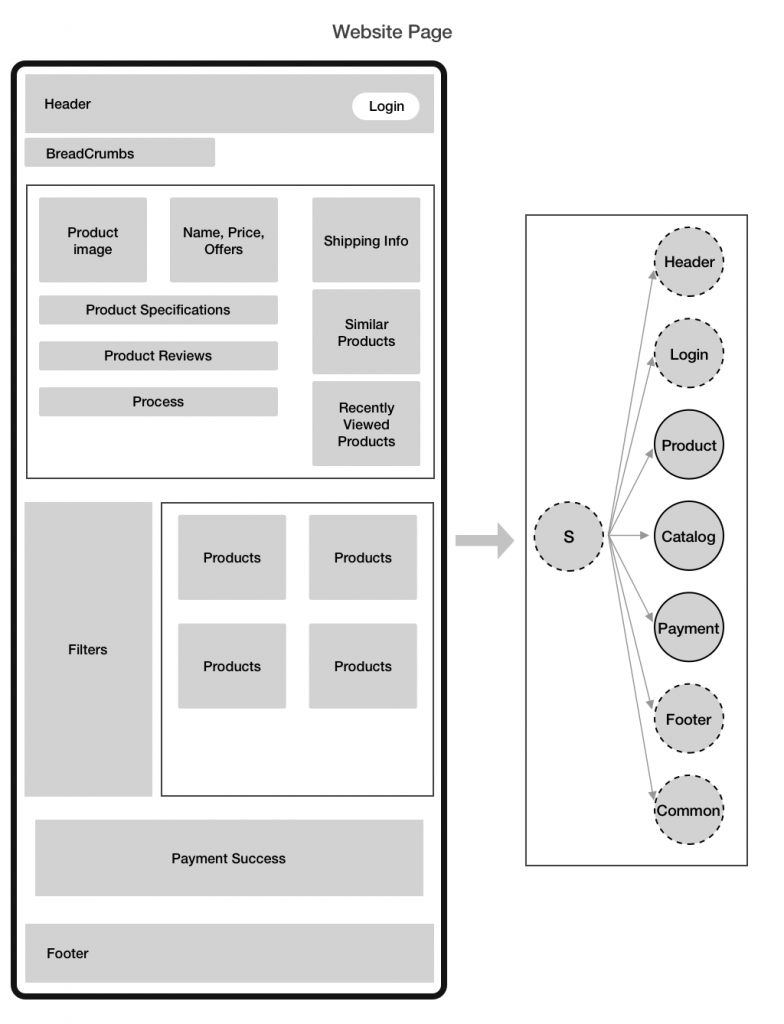
There has been an exponential increase in mobile phone usage in recent years. Mobile e-commerce has got a broad base of users. With the increase in the number of users, the e-commerce industry is flourishing. It has reached a net worth of about $513.61 billion. This fast-growing business has become an ideal place for establishing one’s business. One can make an e-commerce app with the help of React Native.
React Native created by Facebook is an open-source mobile application framework. Its framework is like building blocks. It is one of the easiest ways to create an app for those coming from a digital background. Its JavaScript framework helps in creating apps for both IOS and Android platforms.
Components are the building blocks. React is a set of nested components.
JSX is the coexistence of HTML and JAVA to create a better app framework. Combining them makes the app more useful.
Props are how different components co-relate to one another. Props are used when one command is the parent, and another is the child command. So props flow from parent to child.
React Native offers unidirectional flow, but if multiple resources require giving instructions to a source, then the state is used.
APIs uniquely interact with React Native. It has a unique configuration and has commands like render and setState, which are particular to React Native.
A prop’s object as an argument is accepted by a functional component, and the output is an HTML code. Functioning like a template, it gives structure and the Java code can be used according to the user’s choice.
After this, one must also understand how to install and work on React Native.

Click on the Android Emulator. Press Ctrl+M then; select enable Hot Reloading option.
The app is now created.

Before changing any command, first, check these:

Solution: Use Ctrl+c to debug and re-execute or change app registry commands.
Solution: App is breaking downgrade React Native for the whole project.
Solution: Define for what platform you have made the app on bundle identifier. Remove IOS/Podfile if facing ExpoKit issues with native packages.
Solution: Contact Us. We’ll be happy to help you.
This is a short step-by-step React Native tutorial on how to create an eCommerce app using React Native.
Happy App making!
A React Native ecommerce app is a mobile application for online shopping platforms developed using React Native, a framework that enables cross-platform app development with native-like performance.
React Native is chosen for its efficiency in building cross-platform apps with a single codebase, faster development times, enhanced performance, and the ability to integrate native features.
Yes, React Native allows for the development of ecommerce apps that work seamlessly on both iOS and Android platforms from a single codebase.
React Native improves user experience by providing smooth navigation, faster load times, and a responsive design that adapts to different device screens.
Key features include user authentication, product catalogs, shopping carts, payment gateway integration, order tracking, push notifications, and customer support.
React Native ensures app security through encrypted data storage, secure APIs, SSL pinning, and following best practices for handling sensitive user information.
React Native is cost-effective as it reduces development time and resources by using a single codebase for multiple platforms, thereby lowering overall development costs.
React Native apps can integrate with existing ecommerce platforms and backend systems using APIs, ensuring seamless synchronization of data and features.
React Native apps are scalable, capable of handling increasing numbers of users and transactions, and can be easily updated to accommodate growing business needs.
Regular updates, bug fixes, performance optimization, and adding new features are part of the ongoing support and maintenance required for React Native ecommerce apps.
Let Neuronimbus chart your course to a higher growth trajectory. Drop us a line, we'll get the conversation started.
Your Next Big Idea or Transforming Your Brand Digitally
Let’s talk about how we can make it happen.